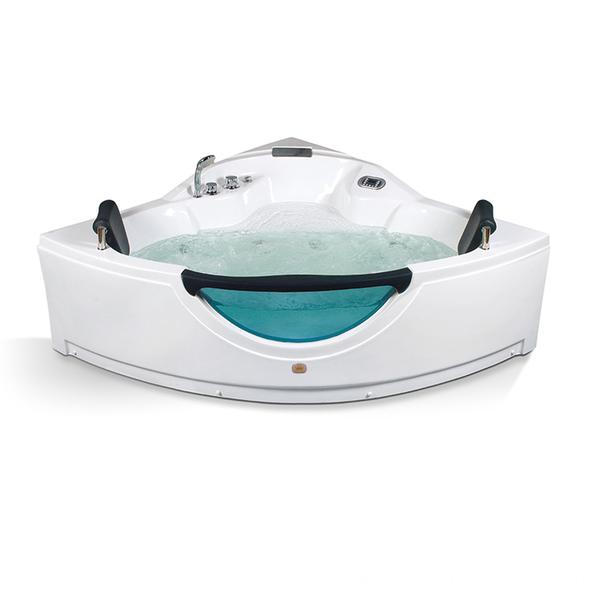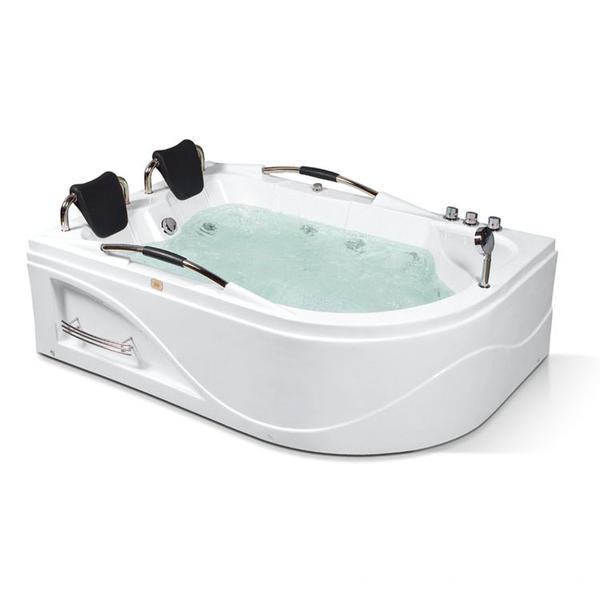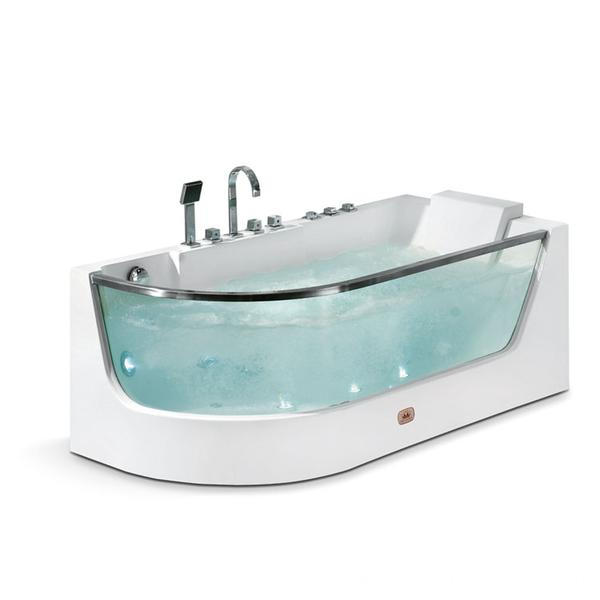The piston-type internal combustion engine originated from the study of the Dutch physicist Huygens using the gunpowder explosion to obtain power, but it was unsuccessful because the gunpowder combustion was difficult to control. In 1794, the British Streator proposed to obtain power from the combustion of fuel, and for the first time proposed the concept of fuel and air mixing. In 1833, the British Wright proposed a design that directly used the combustion pressure to push the piston to work.
In the mid-19th century, scientists perfected the theory of thermal conversion mechanical power generated by burning gas, gasoline and diesel. This laid the foundation for the invention of the internal combustion engine. Since the advent of the piston internal combustion engine in the 1860s, it has been improved and developed, and it has become a relatively complete machine. It has high thermal efficiency, wide power and speed range, convenient matching and good maneuverability, so it has been widely used. All types of cars, tractors, agricultural machinery, construction machinery, small mobile power stations and tanks all over the world are powered by internal combustion engines. Marine merchant vessels, inland vessels and conventional vessels, as well as certain small aircraft, are also propelled by internal combustion engines. The number of internal combustion engines in the world ranks first in power machinery, and it plays a very important role in human activities.
Later, various internal combustion engine solutions were proposed, but they were not put into practical use until the mid-19th century. Until 1860, Lenoir of France modeled the structure of a steam engine and designed the first practical gas engine. This is an internal combustion engine that is uncompressed, electrically ignited, and uses illuminating gas. Lenoir first used a spring piston ring in the internal combustion engine. The gas engine has a thermal efficiency of about 4%.
Barnett in the United Kingdom has advocated the compression of combustible mixtures before ignition. Later, there was a discussion on the important role of compression of combustible mixtures, and pointed out that compression can greatly improve the efficiency of Lenoir internal combustion engines. In 1862, the French scientist Rocha made a theoretical analysis of the internal combustion engine thermal process, and proposed the efficiency of the internal combustion engine. This is the earliest four-stroke working cycle.
In 1876, the German inventor Otto used Rocha's principle to create the first reciprocating piston, single-cylinder, horizontal, 3.2 kW (4.4 hp) four-stroke internal combustion engine, still using gas as fuel. The flame is ignited at a speed of 156.7 rpm, the compression ratio is 2.66, the thermal efficiency is 14%, and the operation is stable. At the time, it was the highest, both in terms of power and thermal efficiency.
The Otto internal combustion engine has been promoted and its performance has also improved. In 1880, the single-machine power reached 11-15 kW (15-20 hp), and in 1893 it increased to 150 kW. Due to the increase in compression ratio, the thermal efficiency also increased. In 1886, the thermal efficiency was 15.5%, and in 1897 it was as high as 20-26%. In 1881, British engineer Clark developed the first two-stroke gas engine and exhibited it at the Paris Expo.
With the development of oil, gasoline and diesel, which are easier to transport than gas, have attracted people's attention. The first to be tested is the volatile gasoline. In 1883, Germany's Daimler created the first vertical gasoline engine, which is characterized by light weight and high speed. At that time, the speed of other internal combustion engines did not exceed 200 rpm, but it jumped to 800 rpm, which was especially suitable for the requirements of traffic transmission machinery. From 1885 to 1886, the gasoline engine was successfully operated as a vehicle power, which greatly promoted the development of the automobile. At the same time, the development of automobiles has promoted the improvement and improvement of gasoline engines. Soon the gasoline engine was used as the power of the boat.
In 1892, the German engineer Diesel was inspired by the dust explosion of the flour mill. He envisaged that the air sucked into the cylinder would be highly compressed so that its temperature exceeded the autoignition temperature of the fuel, and then the high-pressure air was used to blow the fuel into the cylinder to make it catch fire. combustion. His pioneering compression ignition internal combustion engine (diesel engine) was successfully developed in 1897, opening up new avenues for the development of internal combustion engines.
Diesel began trying to achieve a Carnot cycle for the internal combustion engine in order to achieve the highest thermal efficiency, but in practice it achieved an approximate isobaric combustion with a thermal efficiency of 26%. The advent of compression-ignition internal combustion engines has aroused great interest in the world's machinery industry. The compression-ignition internal combustion engine was also named the Diesel engine by the inventor.
This kind of internal combustion engine is mostly fueled by diesel, so it is also called diesel engine. In 1898, the diesel engine was first used in stationary generator sets. It was used as a merchant ship power in 1903, in a ship in 1904, and in the first diesel-powered diesel locomotive in 1913. It was used in automobiles and agricultural machinery around 1920. .
Before the birth of the reciprocating piston type internal combustion engine, people had been working on creating a rotary piston type internal combustion engine, but none of them succeeded. It was not until 1954 that the Federal German engineer Wankel solved the sealing problem and developed the rotary piston engine in 1957, known as the Wankel engine. It has an approximately triangular rotating piston that rotates in a cylinder of a specific profile and operates in an Otto cycle. The engine has high power, small volume, small vibration, stable operation, simple structure and convenient maintenance. However, due to its poor fuel economy, low low-speed torque and unsatisfactory exhaust performance, it is only available on individual models of cars. use.
Guanyu Bathroom is a Foshan, GD base manufacturer of reliable luxury bathroom fixtures such as bathroom furniture, steam showers, whirlpool bathtubs, stainless steel Shower Panel, acryllc Bathtub, shower cublcle, Massage Bathtub and shower tray.
High Quality Acrylic Freestanding Bathtub / Computer Or Hand Control Top Grade Bathtub / Different Capacity Comfortable Indoor Bathtub
Why Guanyu???
There are lots of reasons to think Guanyu is the best luxury bathroom manufacturer in the world. Our Bathroom Furinture is manufactured using a high-density waterproof oak and all of our shower, steam rooms, whirlpool bathtubs are manufactured using a unique form superior acryllc that you will not find any of competitors products. All of our products are built from ground up for reliability. Once our products are manufactured, we perform more quality assurance that anyone else in the industry. Each unit is individually tested and hand inspected before it is shipped. We are so confident in the reliability of our products are healthy for the mind and body.
Our Mission: To provide outstanding bathroom products that our customers love for their reliablility, functionality, and style.





Please contact us for further details if you are interested, thank you!
Bathtub
Alexander Bathtub,Championship Bathtub,Edward Bathtub,Glass Bathtub,Massage Bathtub
Foshan Guanyu Group , http://www.guanyu-group.com